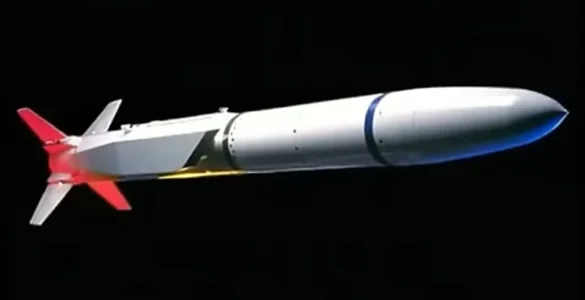- Joined
- Jul 6, 2024
- Messages
- 1,318
- Likes
- 3,440
It would be great as long range awacs killer, but against fast and manurable fighter jets, it so-so, still decent against them, but for super long range air to air missile primarly targeted against fighter jets, it would be better to instead go for a astra mk2 on steroids( more bigger, 3or4 pulse, solid rocket motor) than a ramjet powered missile.
The problem comes with having to maintain decent airflow to the ramjet, just like any other airbreathing engine, ramjets also don't like disturbance in the airflow they are receiving, and when missile constantly changes it's trajectory and perform high g maneuvers that airflow gets chocked out.
Due to which manurablity of ramjets( and airbreathing) missiles is significantly less than manoeuvrability of rocket power missiles.
And given fighter jets while also being airbreathing has lot more fuel, so they constantly try to bleed the missile's energy( missiles have quite limited fuel and energy compared to fighter jets) by performing maneuvers, so you would want a missile that can out manoeuver the jets by a big margin to prevent it, and significantly increase the chances of hitting the jet.
Same problem is also in Meteor, tho it does outranges any missile in Pakistan's service, so first shot capability is present.
So if you can get the desired range from a solid rocket motor( 3 or 4 pulses, bigger missile) then missiles with solid rocket motors are preferred over airbreathing( ram jet in this case) missiles.
This is also the reason US and Russia are not going for ramjet for their long(200+km) range air to air missiles.
I think we should also go for solid rocket fuel missile with 200-250km max range for primarly use against fighter jets.
while 340+km gandiva can be used primarily for awacs/tanker etc killer role and secondary role against fighter jets.



